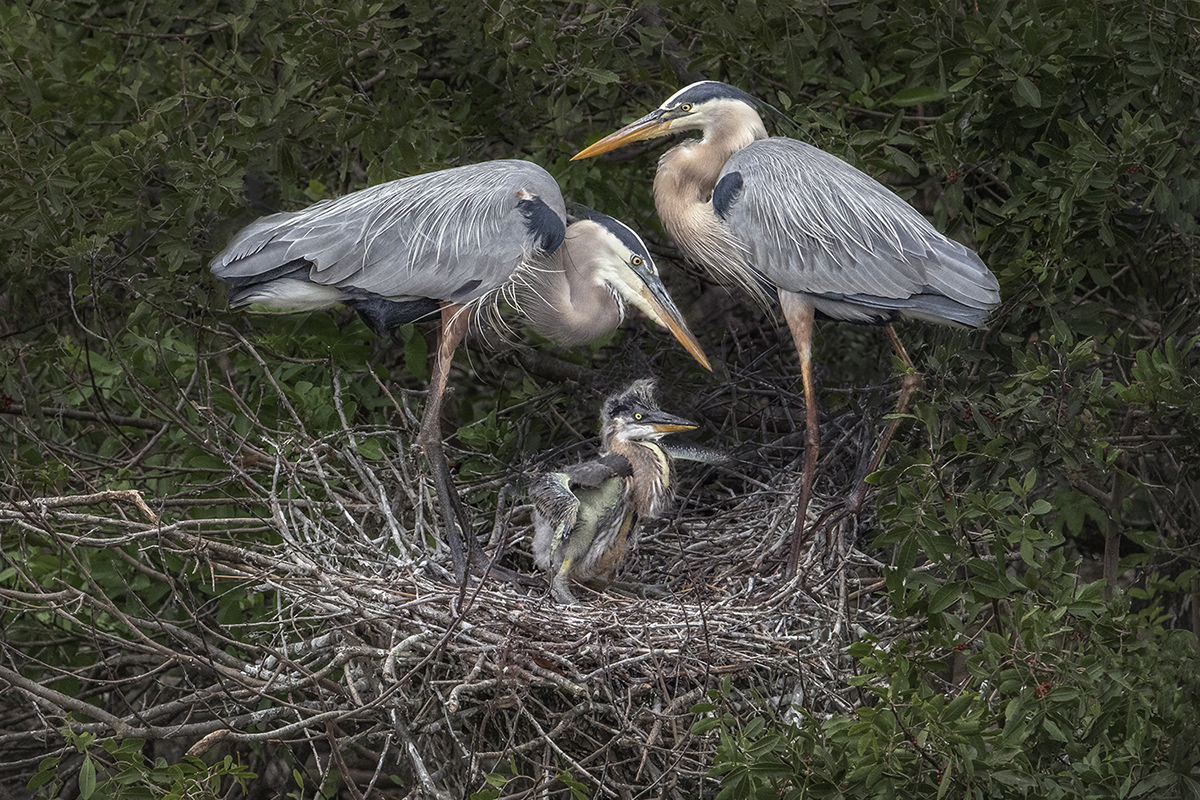The Accidental Birder
Roman Kurywczak uses his Tamron 100-400mm VC and SP 150-600mm VC G2 telephoto zooms to capture southern Florida’s feathered beauties.
Share the article:
More Photo Tips | Video Gallery | Photo Gallery | Enewsletter sign-up
By Jenn Gidman
Images by Roman Kurywczak
Nearly four decades ago, Roman Kurywczak joined a camera club, and his passion for photography was born. “I was primarily a landscape photographer when I started out, because I couldn’t afford the money needed back then to buy longer lenses,” he says. “Then I bought a telephoto lens and everything snowballed.”
Roman started taking photos of wildlife, with a special preference for birds, and 20 years ago, he launched Roamin’ With Roman, a company that runs small-group instructional photo tours and workshops domestically and globally. His love for bird photography got an extra boost when he made the move last year from New Jersey to southwest Florida, allowing him to wander around Venice, Fort Myers Beach, Tampa, and Myakka River State Park in Sarasota to photograph terns, bald eagles, spoonbills, and other resident feathered friends.
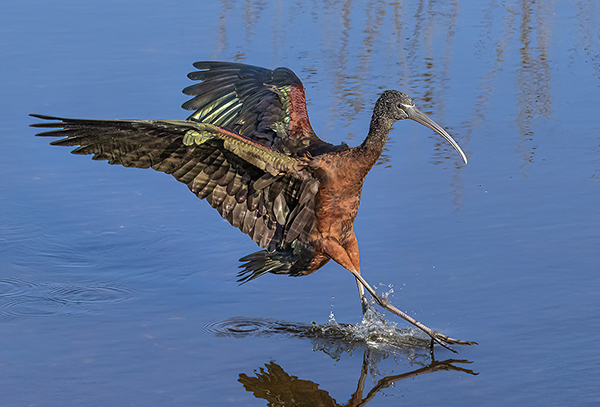
SP 150-600mm G2, 150mm, F/8, 1/3200 sec., ISO 800
Click image to view larger
“Right up the street from me is the Venice Rookery, which is in a somewhat odd location—it’s surrounded by a municipal building,” he says. “One other local rookery I visit is 100 feet away from a car dealership. But what I’ve learned being down here is that that doesn’t stop the birds from coming out to show off in front of my camera. Hurricane Ian also devastated a lot of this area in September, but the wonderful thing about nature is that it almost always recovers. Many of the areas where I take photos are already open again.”
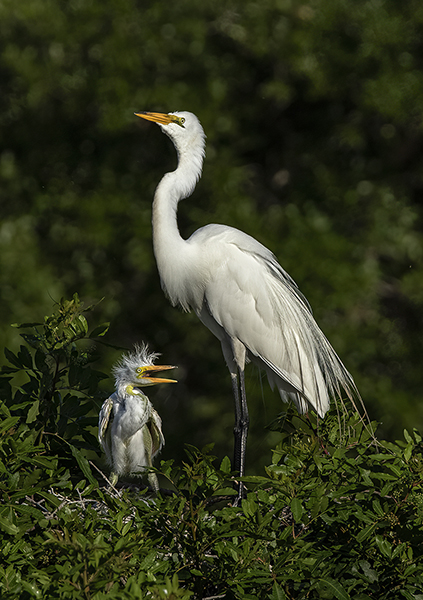
100-400mm, 400mm, F/8, 1/5000 sec., ISO 800
Click image to view larger
By Roman’s side during his avian adventures are his Tamron 100-400mm Di VC USD and SP 150-600mm VC G2 telephoto lenses, both with an enhanced Vibration Compensation (VC) system to help get rid of shakiness and vibrations to ensure clear images. “These lenses are sharp—they’re not your grandfather’s zooms,” he says. “I’m taking pictures of birds that are cruising along at 30 mph, 60 mph—a peregrine falcon can dive into the water at 200 mph. I shoot handheld because the lenses are so lightweight, and I’m never disappointed with the images these lenses give me.”
Both lenses feature Tamron’s Ultrasonic Silent Drive (USD) motor, which offers super-fast and accurate autofocus response and control, especially when Roman is tracking birds in flight. “I shoot in high-speed burst mode and AI Servo AF on my Canon (continuous AF mode on Nikon and Sony), which is ideal for moving subjects because it offers focusing that keeps adjusting as the birds fly,” he says.
Roman also appreciates the focal length versatility he has at his fingertips with this duo. “Down here the birds are very habituated to people, so I’ll often get a little closer with the 100-400mm,” he says. “If you’re outside of an area like this, however, and don’t want to spook the birds, I’d highly recommend the 150-600mm G2. It gives you the reach you’ll need to capture gorgeous portraits.”
Their portability when traveling has also proven key. “I run workshops to Tanzania, and when you travel internationally, airlines often weigh your bags,” Roman says. “Your carry-on might only be allowed to weigh 22 pounds. That doesn’t sound like a lot, but when you’re using bulkier lenses, that adds up. I take two camera bodies, one with the 100-400 and the other with the 150-600, and that’s a whopping 12 to 14 pounds total.”
Because of his landscape photography roots, Roman considers himself an “accidental birder,” but his love and appreciation of their beauty is intensely intentional. “When I get to a location, I always think: What’s the best way for me to capture their beauty?” he says. “I’m heavily influenced by Audubon-style paintings, so I’m always looking for the best light, the best background, and the best connection with whatever bird is in front of me to capture the best photo.”
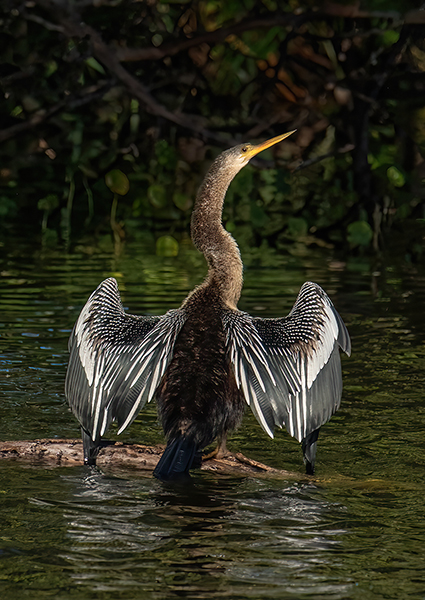
SP 150-600mm G2, 600mm, F/9, 1/4000 sec., ISO 800
Click image to view larger
ROMAN’S QUICK TIPS
• Head out during golden hour
That means the first half-hour to 90 minutes after sunrise, and 90 minutes before sunset and a half-hour after. That’s the best light for bird photography, when the light is hitting their eyes. As the sun rises in the sky and the angle of light gets higher, the shadows get harsher and their eyes go dark in the image. When it's overcast, you can extend your shooting time, because those conditions effectively act like a big softbox. But when the sun's too high in the sky, it'll still cast way too harsh of a shadow on the birds’ bodies and undersides.
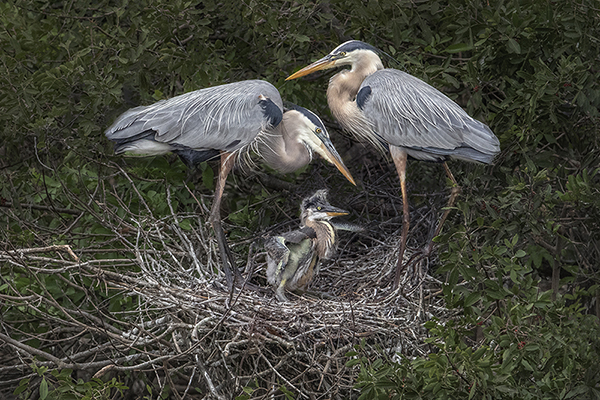
SP 150-600mm, 350mm, F/8, 1/4000 sec., ISO 1600
Click image to view larger
• Use the wind to determine where you’ll position yourself.
There’s one constant you can count on in this type of photography: wind direction. Birds are mini-airplanes, essentially. If I know which way the wind is blowing, I can judge pretty well which way they’ll be flying, and where I should stand to capture them in flight.
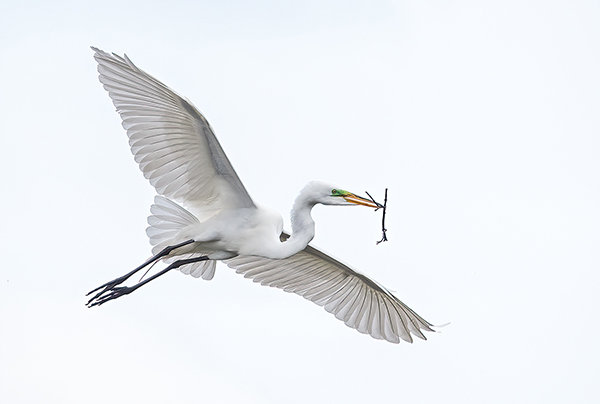
SP 150-600mm G2, 483mm, F/7.1, 1/2000 sec., ISO 1600
Click image to view larger
• Prefocus, center-point focus, and use the focus limiter switch.
If I notice a bird keeps going back to the same spot, like that bald eagle that kept flying to that tree, I’ll prefocus on that perch so that when the bird flies into the frame, I’m set. For photographers with older camera bodies, I also recommend using center-point focus. The newer mirrorless systems, meanwhile, come with eye detection technology. I’ve found that if I have that eye detection on and am tracking anywhere on the bird, even the belly, it keeps the bird sharp and gives me the depth-of-field I want.
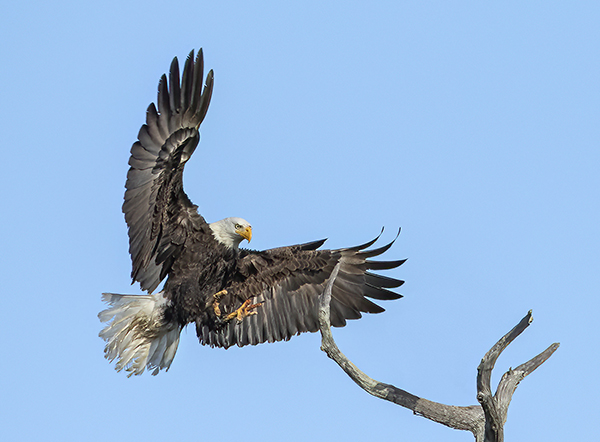
SP 150-600mm G2, 600mm, F/8, 1/3200 sec., ISO 800
Click image to view larger
Plus, if you know you’re not going to be closer than 30 feet or so, and you’re going to be shooting at 400mm to 600mm with the 150-600, you can use the focus limiter switch on that lens, which allows you to limit the lens’s focusing capability to a certain range of distances, from 10 meters to infinity. That, in turn, should increase the autofocus speed because the lens isn’t hunting through the entire range.
• Shoot loose and crop.
The last thing you want is to cut off wingtips. Many people underestimate how long birds’ wings are when they’re extended. You’d hate to capture a photo that’s mostly magnificent, but with part of the wings lopped off in the frame.
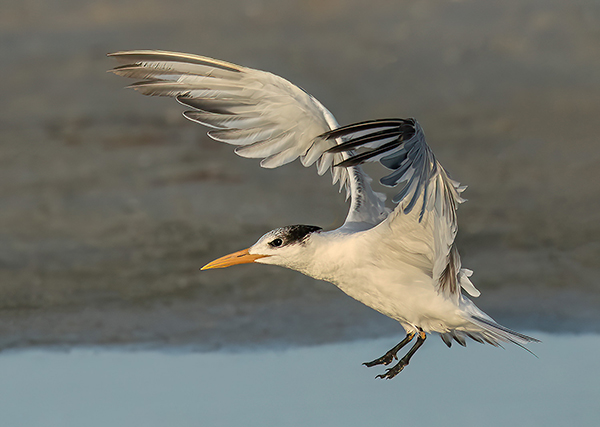
SP 150-600mm G2, 500mm, F/8, 1/4000 sec., ISO 1600
Click image to view larger
• Raise your ISO.
This really changed the game for me in my bird photography once digital came around, because it enabled me to use faster shutter speeds to freeze the action—I typically shoot at 1/2000 sec. or higher. ISO 800 is the new ISO 100 when it comes to bird photography.
• Head angle is important.
It’s just like portrait photography with people—you don’t want to see the back of someone’s head. You want to try to establish a bond with the bird by taking their photo when they’re looking right at you, like you see here with the spoonbill (the pink bird I call “the ballerina”). Or try to capture the birds’ profile. Portrait photographers don’t take too many profile pictures of humans, especially because so many people are self-conscious about their noses. But birds are a different story—luckily for us photographers, many birds have stunning profiles.
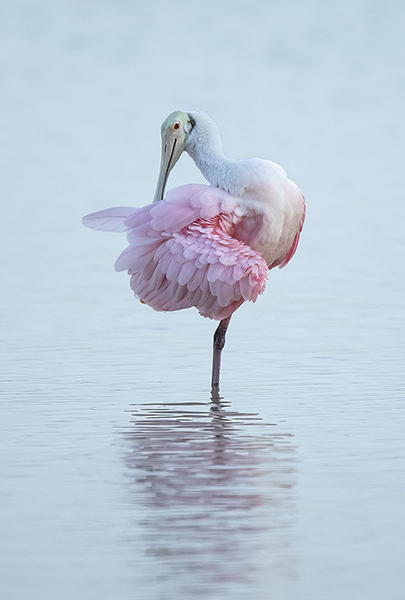
SP 150-600mm G2, 600mm, F/6.3, 1/1250 sec., ISO 1600
Click image to view larger
To see more of Roman Kurywczak’s work, check out his website and Instagram.
More Photo Tips | Watch Videos | Learn More About Tamron Lenses | Photo Gallery
